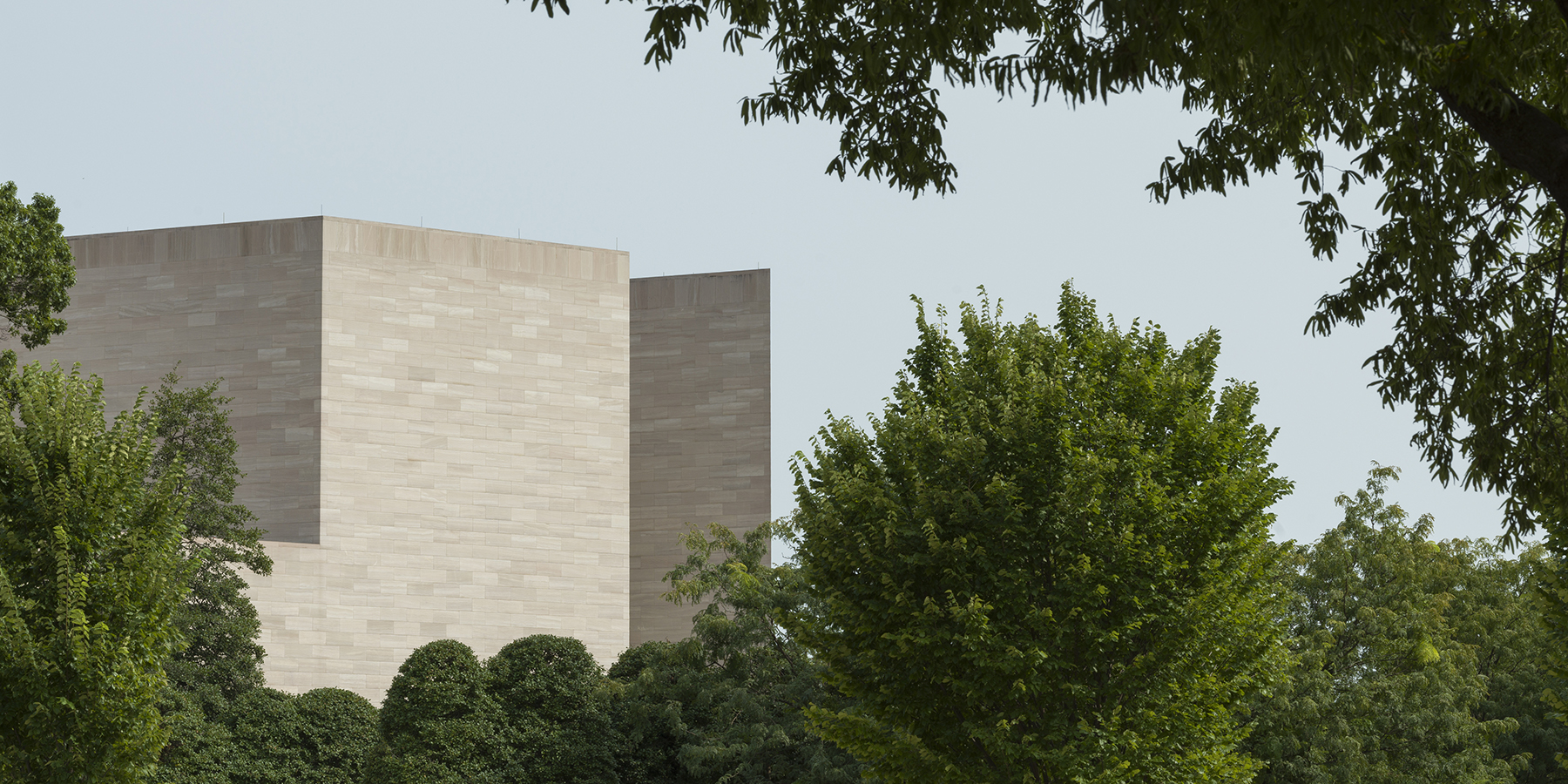Delinda J. Collier
“On Fieldwork”

Film still, Les statues meurent aussi (1953), directed by Alain Resnais, Chris Marker, and Ghislain Cloquet. Courtesy of the author
“On Fieldwork,” the chapter I undertook during my Center fellowship, develops the philosophical assumptions behind the self-justifying practice of fieldwork in African art history. It is one chapter of a book project titled African Art as Evidence: Disciplining the Exceptional. Fieldwork is a term that comes from early scientific discourse on observing “natural” environments outside of home or civilization. Though there have been many adjustments and revisions of this anthropological imperative throughout the 20th century, my research focuses on a lesser-considered aspect of fieldwork that continues to shift and morph: the media object/concepts that establish “fields.” Indeed, I argue that the concept of a field cannot exist without a media object that demarcates its edge. These media also discipline the researcher’s body and limit its movement and visuality. Rather than technology being understood as a tool that aids fieldwork, I argue that there is a philosophy of technology that corresponds to each demarcation of a “field.” This question of the field and its relationship to methods of data collection is especially critical now, as the development of such technology is radically shifting what we consider the “outside” and, therefore, the discipline of African art history.
With the current globally networked data and communication system, demarcations of field are now multiple and complex. In addition to scholars often sharing the same media networks as the artists or subjects they study, it has become more obvious that fieldwork was born of an 18th- and 19th-century agenda to naturalize whiteness. Technology becomes the possession—and limitation—of the white scholar: together they cut a figure of history. To identify some of the vestiges of the Enlightenment on the notion of fieldwork, previous chapters in African Art as Evidence look anew at texts that begin to describe “race” as a field, a “sameness” of humanity that is understood a priori to so-called aberrations like Blackness. This construction of whiteness, its knotted logic, can be found in Pierre Louis Moreau de Maupertuis’s Venus physique (1745), which elaborated on albinism in Africa as empirical proof that humanity shared a common origin.
“On Fieldwork” begins by studying Bronisław Malinowski’s A Diary in the Strict Sense of the Term (1967) and his descriptions of the bodily limitations and possessions that accompany fieldwork. I argue that these constraints and possessions together constitute his whiteness: objects such as clothing, desks, notebooks, and pens that buffer and protect his body, while also setting him apart from his subjects by way of profession. In one instance, Malinowski writes that he was “a little intimidated by this conclave,” describing in detail the differences between his setting and the squatting group of men he was essentially beholden to for information. The chapter culminates in a discussion of situations within certain scholarship where fields exist without boundaries. In particular, I closely studied the field notes and accounts of Black women anthropologists of the early 20th century for their narration of bodily comportment and the use of technological equipment. The most famous among these, Katherine Dunham, made her whole work to erase the boundaries and borders between her body and those who, in her words, shared her ancestry. Dunham wrote to her mentor, the famed Melville J. Herskovits: “Unless I’m dealing with purely social affairs, I must go easy on the equipment.” In her desire to be initiated and to identify common ancestors with her research subjects, she eliminated the first and most obvious barriers: her camera and tape recorder. Herskovits’s and Dunham’s scholarly debate over proper methods was poised on her positionality as a Black woman whose presence in “the field” was serving multiple purposes for her: the research was undisciplined.
As many authors now note, African American women anthropologists were less visible precisely because whiteness had become such a naturalized part of the discipline. Vera Mae Green’s 1969 thesis acknowledges the somewhat artificial nature of the mediation occurring in her fieldwork, particularly the notion of an “anonymous” informant. Green largely departed from previous anthropological methods, recounting her logic to those whom she interviewed. Green was part of a generation of anthropologists who sought to transform the discipline into one that was transparent, which is another way of expressing a desire for an unmediated relationship. The chapter concludes by noting that exponentially more mediation has multiplied fields and, as a result, the bodies of researchers and researched continue to be as disoriented as they are undisciplined.
School of the Art Institute of Chicago
Ailsa Mellon Bruce Visiting Senior Fellow, summer 2020
Delinda J. Collier will continue to work on African Art as Evidence as she serves as interim dean of graduate studies at the School of the Art Institute of Chicago.
